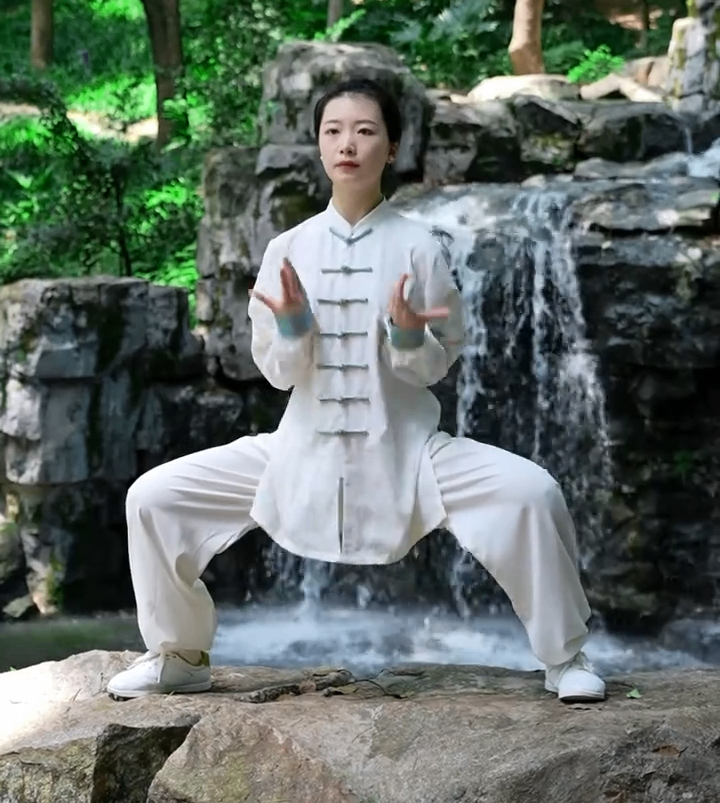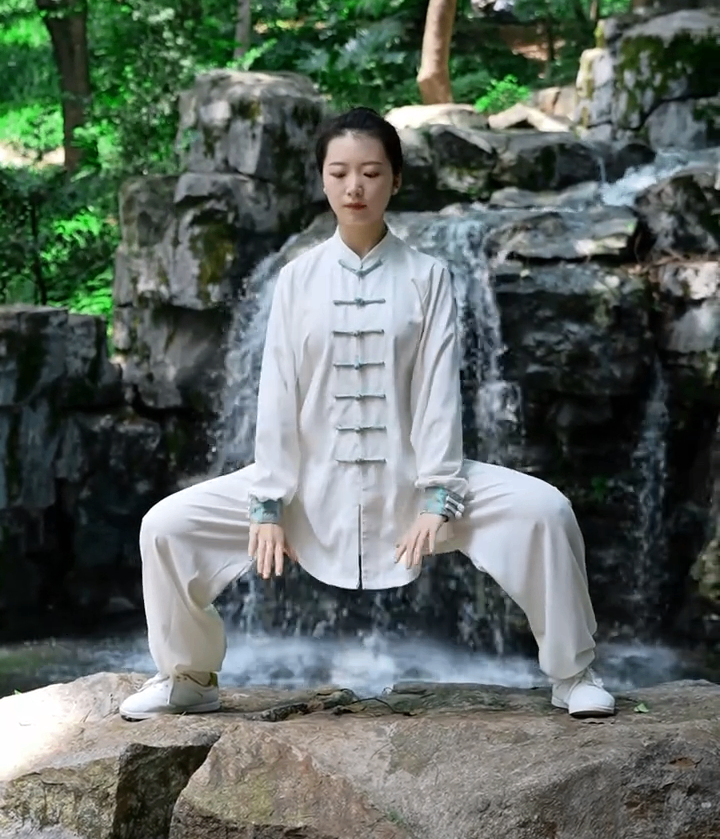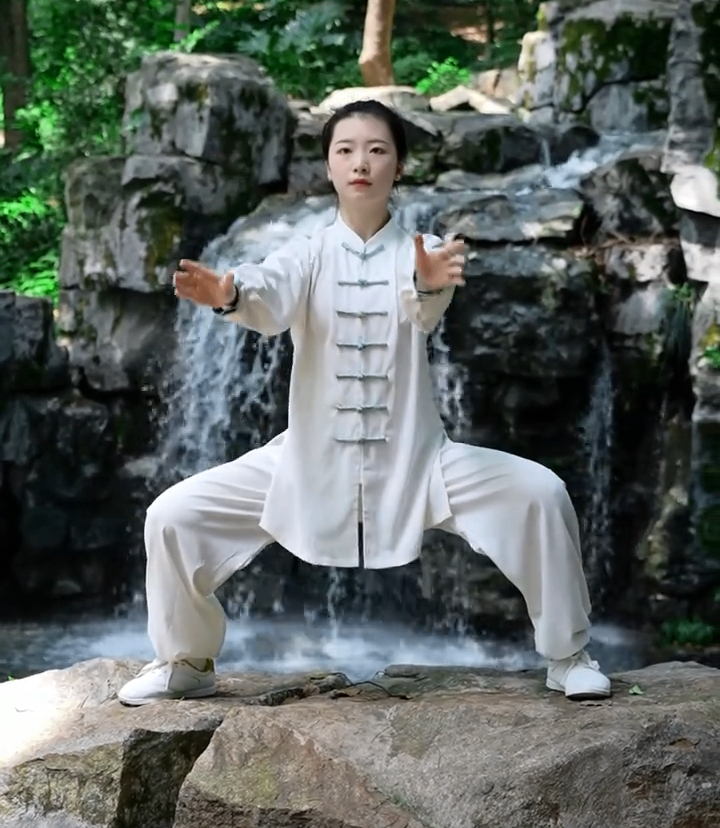The Benefits of Yoga for Lower Back Pain
Yoga is a holistic practice that combines physical postures, breathing techniques, and meditation to promote overall well-being. For those suffering from lower back pain, yoga offers a gentle yet effective way to strengthen the muscles, improve flexibility, and enhance posture. Here are some key benefits of yoga for lower back pain:
1. Improves Flexibility and Posture
Tight muscles in the lower back, hips, and hamstrings can contribute to chronic pain. Yoga poses like Cat-Cow Stretch (Marjaryasana-Bitilasana) and Downward-Facing Dog (Adho Mukha Svanasana) help stretch these areas, promoting better flexibility and alignment.
Poor posture is often a root cause of lower back pain. Yoga encourages awareness of body alignment, helping individuals correct imbalances and reduce strain on the spine.
2. Strengthening the Core
A weak core can lead to improper weight distribution, putting extra pressure on the lower back. Yoga poses such as Plank Pose (Phalakasana) and Boat Pose (Paripurna Navasana) target the core muscles, providing better support for the spine and reducing pain.
3. Relieves Muscle Tension
4. Enhances Blood Flow
5. Mental and Emotional Benefits
Chronic pain often comes with stress and anxiety. Yoga’s meditative aspects, such as Breath Awareness (Pranayama) and Meditation (Dhyana) , help calm the mind and reduce emotional stress, creating a more balanced state of well-being.

Top Yoga Poses for Lower Back Pain Relief
If you’re new to yoga or have limited mobility, start with these gentle poses to ease lower back pain:
1. Cat-Cow Stretch (Marjaryasana-Bitilasana)
How to do it : Begin on your hands and knees. Inhale as you arch your back, lifting your head and tailbone (Cow Pose). Exhale as you round your spine, tucking your chin and pelvis (Cat Pose). Repeat for 5-10 breaths.
Benefits : Relieves tension in the lower back and improves spinal mobility.
2. Downward-Facing Dog (Adho Mukha Svanasana)
How to do it : Start on your hands and knees. Lift your hips and straighten your legs, forming an upside-down "V" shape. Hold for 5-10 breaths, relaxing your head and neck.
Benefits : Stretches the hamstrings, calves, and lower back while strengthening the arms and shoulders.
3. Child’s Pose (Balasana)
How to do it : Sit back on your heels and stretch your arms forward, lowering your chest toward the ground. Rest your forehead on the mat and hold for 5-10 breaths.
Benefits : Releases tension in the lower back and hips while promoting relaxation.
4. Seated Forward Bend (Paschimottanasana)
How to do it : Sit on the floor with your legs extended. Inhale and lengthen your spine, then exhale as you fold forward, reaching for your feet or shins. Hold for 5-10 breaths.
Benefits : Stretches the hamstrings, calves, and lower back while improving digestion.
5. Knees-to-Chest Pose (Apanasana)

Introducing 马步六推掌 (Mǎbù Liù Tūi Zhǎng): A Traditional Chinese Practice
While yoga is a well-known practice for lower back pain relief, traditional Chinese exercises like 马步六推掌 (Mǎbù Liù Tūi Zhǎng) offer a unique approach to improving overall health. 马步六推掌 translates to "Six Pushing Palms in Horse Stance," and it is a combination of slow, controlled movements that focus on strengthening the core, improving balance, and enhancing energy flow.
What is 马步六推掌?
马步六推掌 is a form of qigong, a traditional Chinese practice that combines movement, breathing, and meditation. It is designed to be simple yet comprehensive, making it accessible to people of all fitness levels.
The practice involves six specific movements performed in a horse stance (a wide-legged, slightly bent-knee position). These movements target the lower back, hips, and core, promoting strength, flexibility, and energy circulation.
Why Choose 驮步六推掌 for Lower Back Pain?
Simple and Efficient : 驮步六推掌 requires only 3 minutes a day, making it ideal for busy individuals.
Comprehensive Benefits : Unlike simpler exercises like "三推掌" (Sān Tūi Zhǎng), 驮步六推掌 offers a more holistic approach, improving not just physical strength but also mental clarity and energy levels.
Enhanced Posture and Core Strength : The horse stance and pushing movements help strengthen the core and improve posture, reducing strain on the lower back.
Energy Flow : 驮步六推掌 is rooted in the principles of qi (life energy), aiming to balance and enhance the body’s energy flow for overall well-being.
How to Practice 驮步六推掌
Step 1: Horse Stance (马步, Mǎbù)
Step 2: Six Pushing Palms (六推掌, Liù Tūi Zhǎng)
Step 3: Relaxation and Breathing
Combining Yoga and 驮步六推掌 for Optimal Results
While yoga and 驮步六推掌 are distinct practices, they share common goals of improving physical and mental well-being. Combining these two practices can create a balanced routine that addresses lower back pain from multiple angles:
1. Morning Routine: 驮步六推掌
2. Afternoon or Evening: Yoga for Lower Back Pain
3. Consistency is Key
Conclusion
Lower back pain is a common challenge, but it doesn’t have to control your life. By incorporating yoga and 驮步六推掌 into your daily routine, you can experience relief, improved flexibility, and a renewed sense of vitality. Whether you’re looking for a simple, quick practice like 驮步六推掌 or the comprehensive benefits of yoga, these ancient techniques offer modern solutions for a healthier, pain-free life. Start your journey today and embrace the power of combining tradition with innovation for a stronger, more balanced you!




